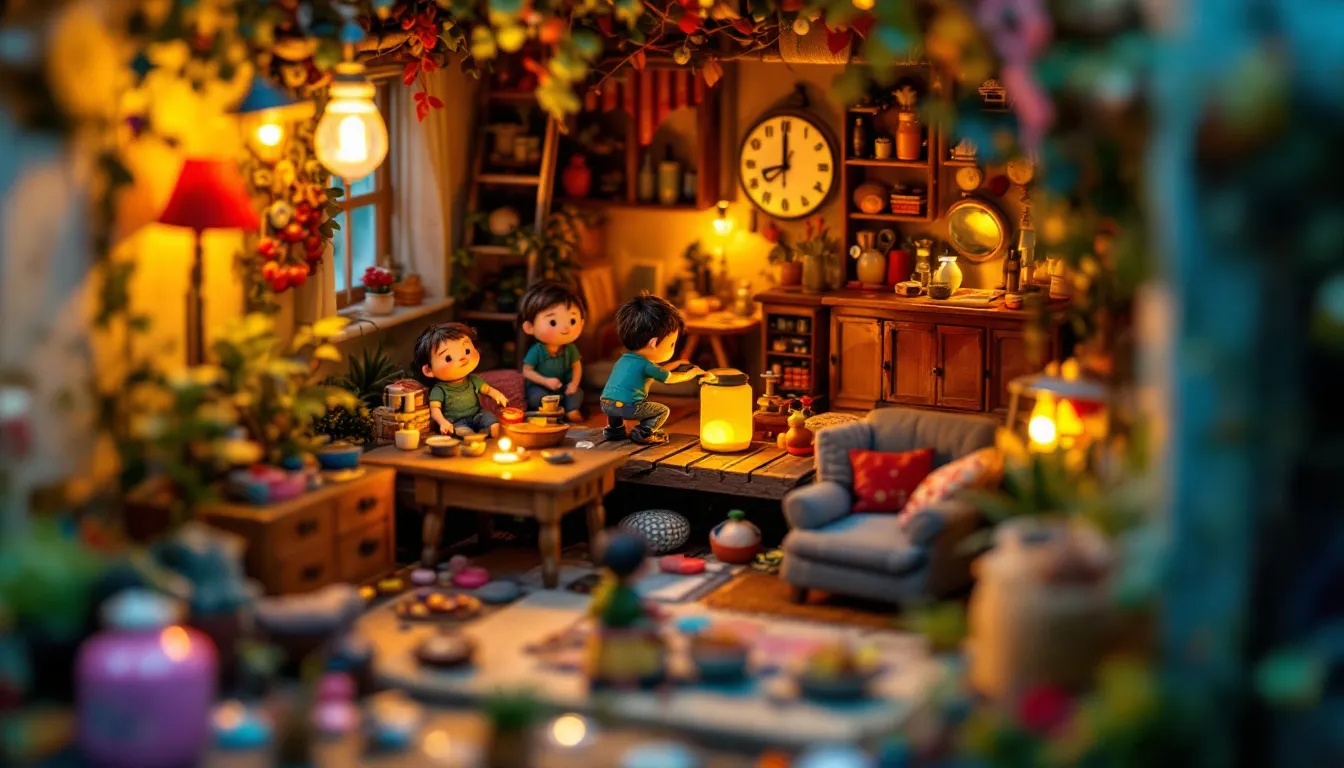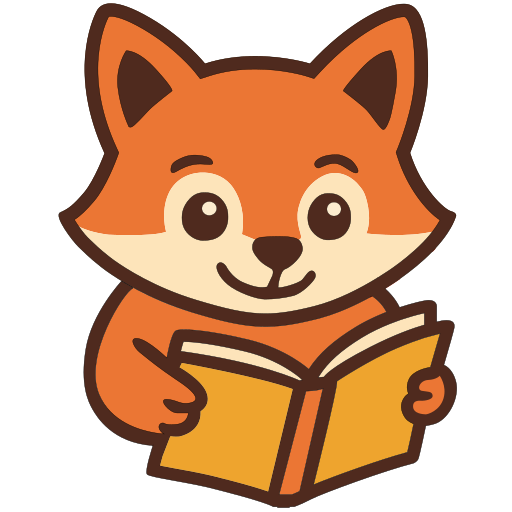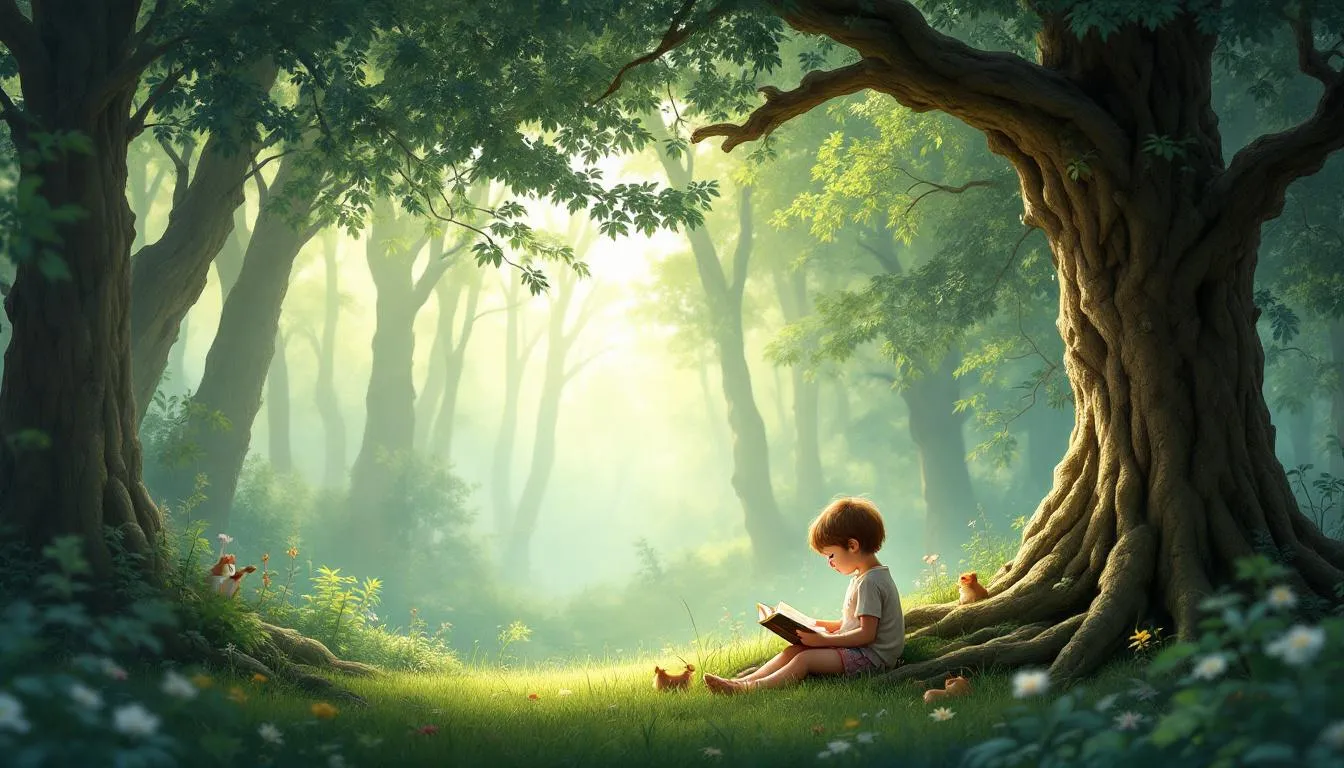Table of Contents
Quick Answer
In the 1970s, children’s literature was a vibrant blend of imaginative tales, often featuring small, adventurous characters who captured young readers’ hearts. Notable among them were ‘The Littles’ and ‘A Tiny Family,’ each offering unique charm and storytelling style. Despite thematic similarities, ‘The Littles’ and ‘A Tiny Family’ were independent creations with no direct connection.
This era was a hotbed of creativity, sparking a love for reading and adventure in children everywhere.
What Defined 70s Children’s Literature?
The 1970s marked a golden era for children’s literature, brimming with creativity and innovation. Stories from this time were rooted in themes of imagination and adventure, encouraging young readers to dream big. Children’s books not only entertained but also invited readers to explore the vastness of their imaginations.
The Appeal of Smallness
A popular theme was smallness. Characters like ‘The Littles’ lived in tiny worlds within our own, sparking curiosity about the unseen and extraordinary. These tales offered a perspective shift, inviting kids to consider wonders right under their noses, like discovering a tiny village in the backyard or beneath the floorboards.
Adventure as a Key Ingredient
Adventure was another key ingredient. Stories frequently whisked children away to unknown lands through wardrobes, magical trees, or rabbit holes. These narratives instilled a sense of wonder and possibility, encouraging children to see their surroundings as potential gateways to the fantastical. I remember how every bush in my backyard seemed a potential hiding place for tiny adventurers!
The Role of Imagination
The role of imagination in these stories was significant. Books from the 70s often mixed whimsy with life lessons, crafting worlds where children had agency and their decisions mattered. This empowered young readers to feel like heroes in their own right, leaving a lasting impact on a generation of literature.
Next, let’s explore who ‘The Littles’ and ‘A Tiny Family’ were and what made these stories so captivating.
Who Were ‘The Littles’ and ‘A Tiny Family’?
‘The Littles’ by John Peterson
‘The Littles,’ penned by John Peterson, was a delightful gem of 70s children’s literature. It followed a family of tiny people with mouse-like tails living within the walls of the Bigg family house. These charming characters, with their resourceful nature and adventurous spirit, were always up to something exciting. Whether solving household mysteries or embarking on daring escapades, the Littles taught young readers about bravery and problem-solving in delightful ways.
Each character, from the courageous Tom Little to the ingenious Uncle Pete, brought unique flavors to the stories. Their world, hidden in the nooks and crannies of a regular house, encouraged kids to imagine extraordinary possibilities in their own homes. The Littles’ tales were filled with humor, heart, and a touch of whimsy, making them bedtime favorites.
‘A Tiny Family’ Series
Conversely, ‘A Tiny Family’ introduced readers to another miniature world with a different twist. This series, lesser-known yet equally enchanting, showcased a family living in a small, self-contained community. Their adventures focused on community, cooperation, and everyday challenges faced by little people. The appeal of ‘A Tiny Family’ lay in its depiction of small-scale living, sparking curiosity about how little people might navigate a world designed for the big.
Both series, while distinct, shared the theme of showcasing small characters’ strengths. They invited young minds to ponder the possibilities of tiny adventures and the big lessons they could impart. Though set in small realms, the impact and wonder they instilled in young readers were anything but small.
Comparison: ‘The Littles’ vs. ‘A Tiny Family’
How Did These Stories Capture Young Minds?
Capturing young imaginations is no small feat, yet ‘The Littles’ and ‘A Tiny Family’ achieved this with relatable, adventurous themes that resonated deeply. The concept of small characters navigating a big world was more than a plot device; it was a metaphor for the challenges children face daily. Kids found characters who were small in stature but large in courage and ingenuity.
Educational and Engaging Adventures
These adventures were not only engaging but educational, teaching lessons about teamwork, perseverance, and the importance of family and community. I remember feeling a kinship with Tom Little as he tackled problems that seemed insurmountable but always found creative solutions. It was like being part of a secret club where the smallest members were the biggest heroes.
The Power of Visual Storytelling
Visual storytelling enhanced these tales’ allure. Vibrant and detailed illustrations brought the miniature worlds to life, serving as a gateway into the story. I can still recall eagerly examining each illustration to catch every detail of the Littles’ hidden world.
This visual element was integral to storytelling, inviting kids to linger on each page, fueling their imaginations and sparking curiosity about what lay beyond their immediate surroundings.
As we reflect on these stories’ creativity and connection, it’s worth exploring whether any threads linked these tales or influences shaped them.
Were There Any Connections or Influences?
It’s intriguing to consider whether ‘The Littles’ and ‘A Tiny Family’ intersected behind the scenes, especially given the thematic and cultural waves of the 1970s they both rode. During this era, there was a growing curiosity about life’s unseen aspects, often translating into literature. This cultural shift significantly shaped children’s stories, where tiny worlds within our larger one captured imaginations.
Common Thematic Elements
Several thematic elements were common across many 70s books, such as:
- Exploration of Smallness: Both series highlighted small characters thriving in a big world, a motif that allowed children to relate to the characters’ experiences and challenges.
- Adventure and Discovery: These stories were about more than just small characters; they were about the thrill of exploration and the joy of uncovering hidden wonders.
In terms of inspirations or shared motifs, both series may have drawn from timeless fairy tales and folklore, where little people or creatures often outsmart larger ones. The cultural fascination with the miniature is also evident in films and television of the time, hinting at a collective interest in the tiny and mysterious.
While no direct links exist between ‘The Littles’ and ‘A Tiny Family,’ they reflect a broader cultural narrative where smallness was celebrated, and the extraordinary was hidden in plain sight. These stories resonated with young readers, sparking curiosity and wonder in their everyday lives.
Reflecting on these imaginative tales highlights their lasting impact, inviting us to explore how these stories shaped the children who grew up with them and the legacy they left behind.
What Was the Impact of These Stories?
The impact of ‘The Littles’ and ‘A Tiny Family’ extended far beyond their pages, influencing children’s media and leaving a lasting legacy in modern literature. These stories set a precedent for depicting small characters in big, adventurous worlds, a concept that remains popular today.
Influence on Children’s Media
Their influence on children’s media is undeniable. ‘The Littles’ was adapted into a charming animated television series in the 1980s, bringing the characters to life and reaching a wider audience. I remember rushing home from school, eager to see what new escapades Tom Little and his family would embark on. The show’s success highlighted the enduring appeal of stories revolving around tiny characters and their hidden lives.
Legacy in Modern Children’s Literature
In modern children’s literature, the legacy of these stories is evident in the continued fascination with miniature worlds. Authors today draw inspiration from the idea of smallness, crafting tales where pint-sized heroes tackle outsized challenges. Books like “The Borrowers” and more contemporary series like “The Spiderwick Chronicles” echo themes found in ‘The Littles’ and ‘A Tiny Family,’ celebrating the ingenuity and courage of small characters. Today, companies like KidTeller continue this tradition by making children the heroes of their own personalized stories, blending classic imaginative play with modern technology.
These stories taught us that size doesn’t define one’s ability to make a difference, a message that remains relevant and inspiring. As we reflect on their impact, it’s clear these tales have not only entertained but also shaped how we perceive heroism and adventure.
Let’s explore the essential lessons and insights these stories have gifted us, and how they continue to inspire readers of all ages.
Key Takeaways
- ‘The Littles’ and ‘A Tiny Family’ are separate series, each with unique storylines and characters, despite sharing themes of smallness and adventure.
- 70s children’s literature thrived on imagination, encouraging young readers to explore and dream beyond their everyday surroundings.
- These tales fostered creativity, teaching valuable lessons about bravery, teamwork, and the power of smallness.
- The legacy of these books is evident in modern stories that continue to celebrate tiny heroes in vast worlds.
- Embrace the spirit of adventure and curiosity in your parenting, encouraging your children to find wonder in the world around them.







